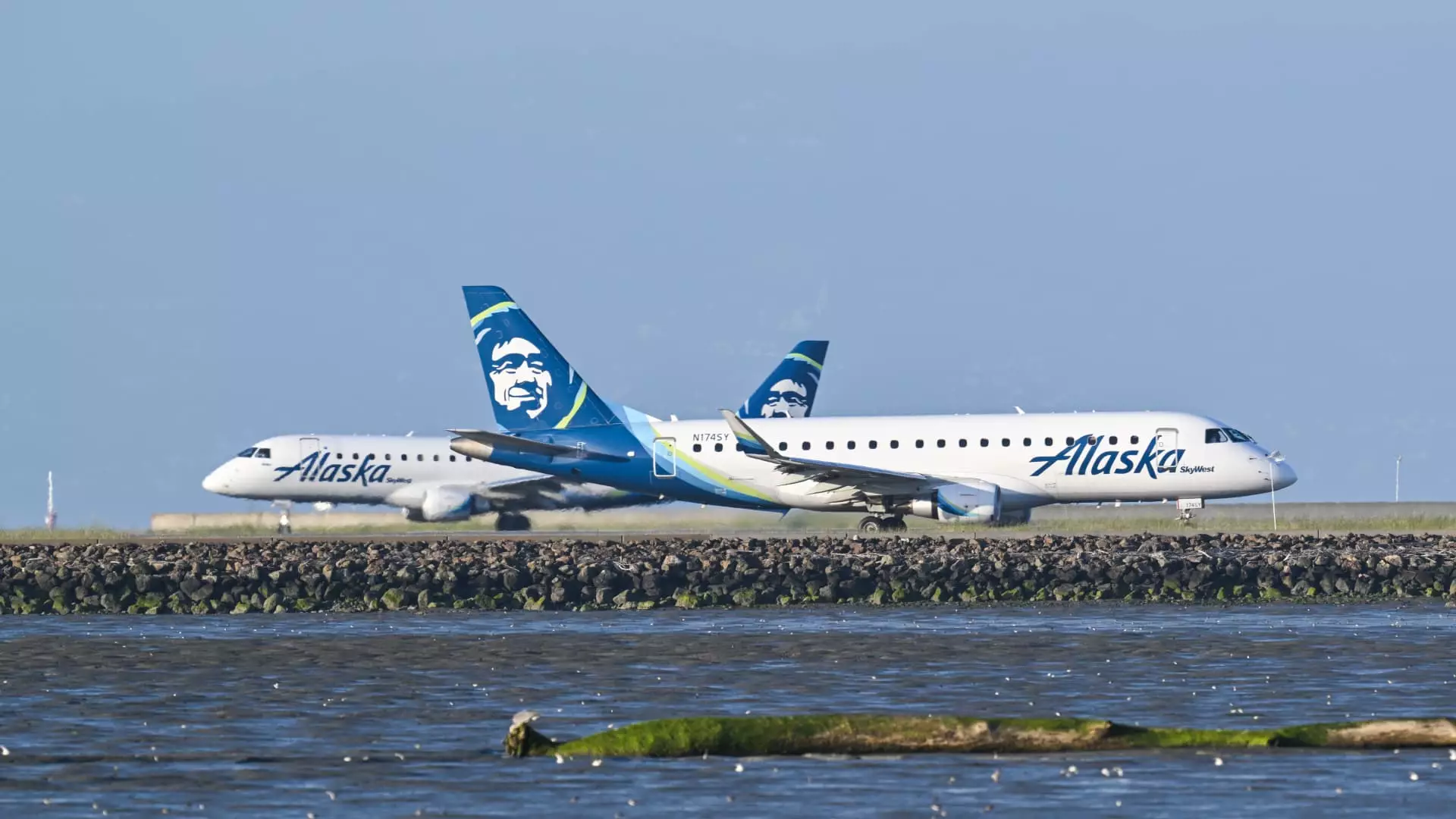Alaska Air Group has set a bold target of increasing its profits by a staggering $1 billion by the year 2027. This ambitious goal is largely anchored in the upswing of premium travel demand, an area the airline is keen to capitalize on. Notably, the company finalized its acquisition of Hawaiian Airlines for $1.9 billion in September, a strategic move that augments Alaska’s reach into the Pacific market and expands its fleet capabilities with large aircraft such as the Boeing 787 Dreamliner and Airbus A330.
The operational landscape for Alaska Air is poised for transformation as the airline prepares to introduce nonstop flights from Seattle-Tacoma International Airport to major Asian travel hubs including Tokyo’s Narita International Airport and Seoul’s Incheon International Airport. Set to commence in May and October respectively, these routes will utilize Hawaiian’s Airbus A330-200s. The introduction of these flights signifies Alaska’s intent to not only diversify its network but also tap into lucrative international travel markets.
Such expansions are reflective of a broader strategic vision, aimed at establishing a robust international footprint. By 2030, Alaska Air envisions servicing a minimum of twelve international destinations from Seattle, utilizing their newly integrated fleet of wide-body aircraft. This forward-thinking approach underscores the airline’s ambition to reshape its identity and elevate its global standing.
In tandem with its expansion plans, Alaska Air has authorized a significant $1 billion share buyback program, a move that underscores its commitment to enhancing shareholder value. The airline forecasts pretax profit margins to hover between 11% and 13% in 2027, alongside projected per-share earnings surpassing the $10 mark. Notably, recent earnings estimates for 2024 suggest a range of $3.50 to $4.50 per share, with an optimistic adjustment for fourth-quarter earnings that elevates projections from 20 cents to 40 cents to a revised range of 40 cents to 50 cents.
Such strong financial performance is reflected in the stock market where Alaska’s shares have appreciated approximately 40% thus far in the year—an impressive feat compared to the S&P 500 index which has risen by 27%. This performance indicates investor confidence in Alaska Air’s strategic direction and operational resilience.
In a bid to further capitalize on the high-demand travel segment, Alaska Air is gearing up to launch a new premium credit card in partnership with Bank of America. This initiative is part of a larger strategy aimed at generating revenue even when customers are not actively flying. Alaska’s Chief Financial Officer, Shane Tackett, highlighted that there’s been a noticeable shift towards more customers opting for premium economy and first-class seating options. This growing preference presents a lucrative opportunity for Alaska to enhance its service offerings, particularly on Hawaiian’s A330 aircraft.
Tackett emphasized that while the airline has a solid foundation in its main cabin product, there is a clear demand for upgraded experiences. The evolving travel landscape indicates that travelers are increasingly willing to invest in enhanced comfort and services when flying, a trend that Alaska is keen on embracing as it refines its premium seat offerings across its fleet.
The competitive dynamics in Seattle are intensifying, particularly with Delta Air Lines gaining traction in the international travel segment. Although Alaska holds a dominant 55% domestic passenger market share in Seattle, Delta has capitalized on its broader international offerings. As part of enhancing its competitive edge, Alaska is also planning to introduce a new lounge at San Diego International Airport.
Additionally, Alaska Air faces operational challenges, particularly regarding aircraft deliveries from Boeing. Past issues, such as a safety scare involving a Boeing 737 Max 9, have prompted heightened scrutiny and quality checks at Boeing’s facilities. Tackett remarked on the importance of quality over quantity in aircraft deliveries, indicating that while progress is being made, it will take time before Alaska receives an optimal supply of aircraft.
Alaska Air Group’s strategy to navigate towards a billion-dollar profit jump by 2027 is marked by bold expansions into new international markets, financial maneuvers designed to enhance shareholder value, and the acute awareness of changing customer preferences. However, the road ahead is not without challenges, particularly in the realms of operational efficiency and intense competition. As the airline embarks on this ambitious trajectory, it will be crucial for them to adapt and evolve in response to market demands, ensuring they remain a formidable player in the aviation landscape.


Napsat komentář